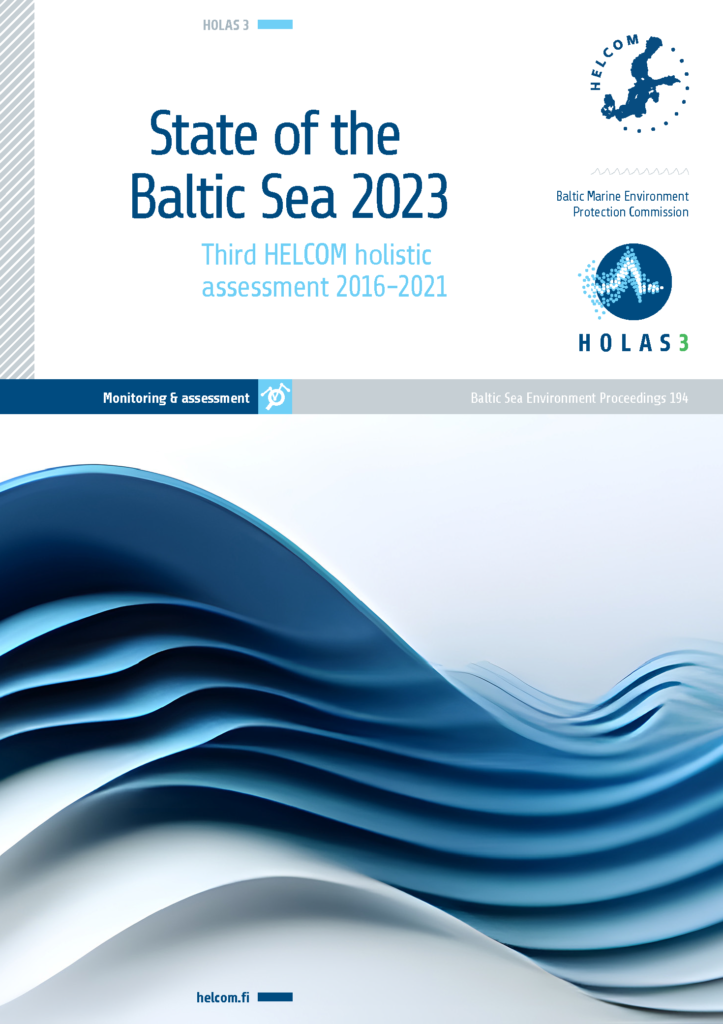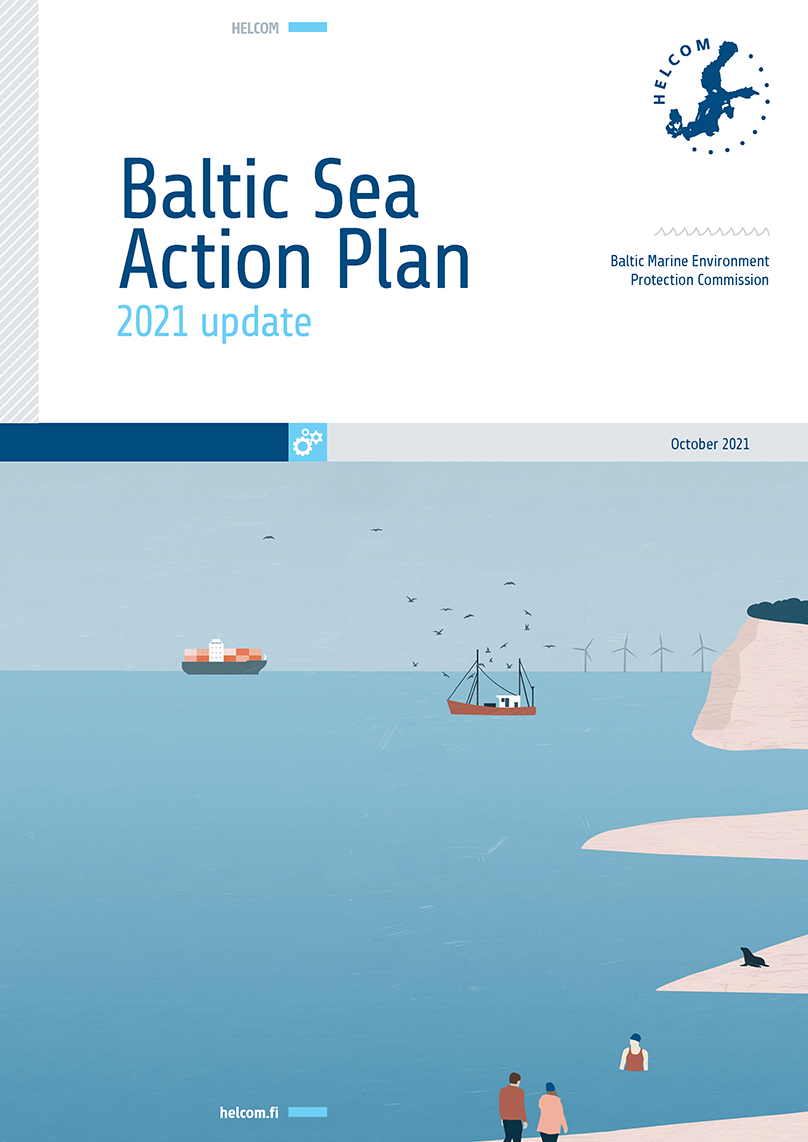WHAT IS NEEDED NEXT?
The poor status of many species and habitats in the Baltic Sea reflects their response to multiple environmental pressures acting in combination rather than to individual pressures. Several environmental objectives for the Baltic Sea require a combination of measures in order to be accomplished.
Importantly, with the exception of a few measures, such as habitat restoration, the only viable action to improve the status is to alleviate the pressures by managing our activities so that they are within the limits the ecosystem can tolerate. This calls for the engagement of all sectors impacting on or dependent on the sea.
Reaching the nutrient input reduction targets continues to be a priority in HELCOM work, with measures needed in all countries to implement the agreements of the Baltic Sea Action Plan. Coordinated and innovative management is needed to address the wide range of sources from which hazardous substances reach the Baltic Sea, which is part of ongoing work under action HL1 of the BSAP (2021).
The impacts of fishing continue to affect fish stocks and the productivity and resilience of food webs. Together, measures to relieve such pressures are key to strengthening the ability of the Baltic Sea to recover and to respond to future challenges.
Even if the third holistic assessment only touches upon a fraction of the complexity of the ecosystems of the Baltic, the large amount of information provided gives us a good understanding of the main pressures on the Baltic Sea, where they primarily occur and the status of key ecosystem components (Box 6.1). A key aim for us now is to incorporate this new knowledge into an operational ecosystem-based management, and into national, regional and global actions for a sustainable future.
The results of the third holistic assessment, including this summary report and all its underpinning products, can support policymakers in determining the decisions and priorities to ultimately secure a healthy ecosystem and a sustainable future for the Baltic Sea.
National work in HELCOM countries is at the core of implementing the agreements of the Baltic Sea Action Plan. The third holistic assessment also helps EU countries within HELCOM meet the requirements for the marine environment under the EU Marine Strategy Framework Directive.
Actions to support the Baltic Sea environment also support various national, regional and global commitments, such as commitments towards the United Nations Sustainable Development Goals (SDGs). Ultimately, a key factor at all levels of governance is our ability as a society to adapt to an environmentally sustainable way of living around the Baltic Sea and its catchment.

State of the Baltic Sea 2023 — The third HELCOM holistic assessment (HOLAS 3)
State of the Baltic Sea 2023 is a synthesis report that builds on, and integrates, results from a wide range of assessment products produced within the third HELCOM holistic assessment. Its role is to link information from the underpinning assessment products together, thus highlighting the holistic aspects. With this in mind, the summary report focuses on presenting the results and on an in-depth look at why we are seeing these results, providing over-arching context and analysis. The report helps develop a clearer picture of where we are and how things are connected, supporting coordinated and effective measures to strengthen the Baltic Sea environment.


